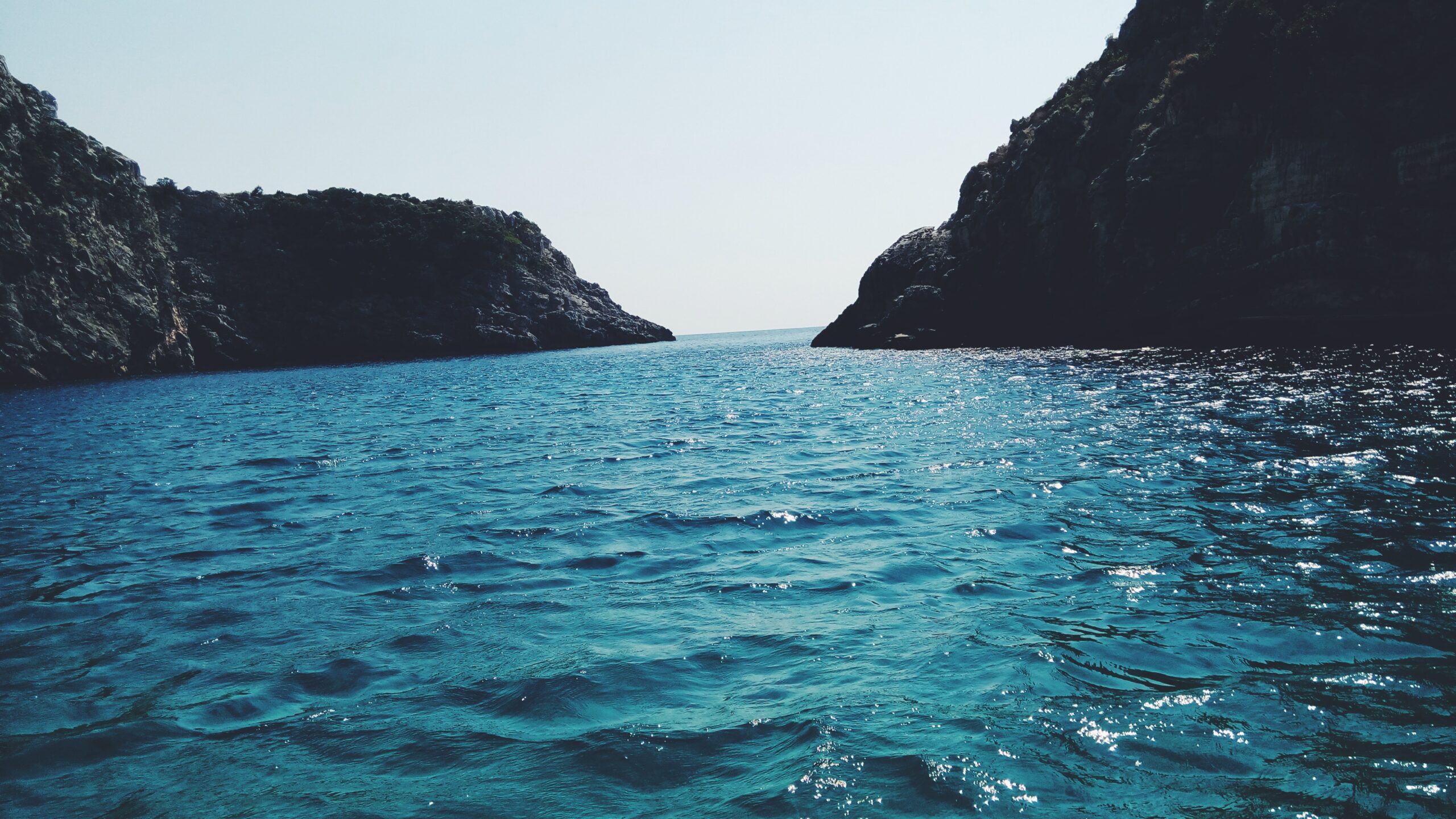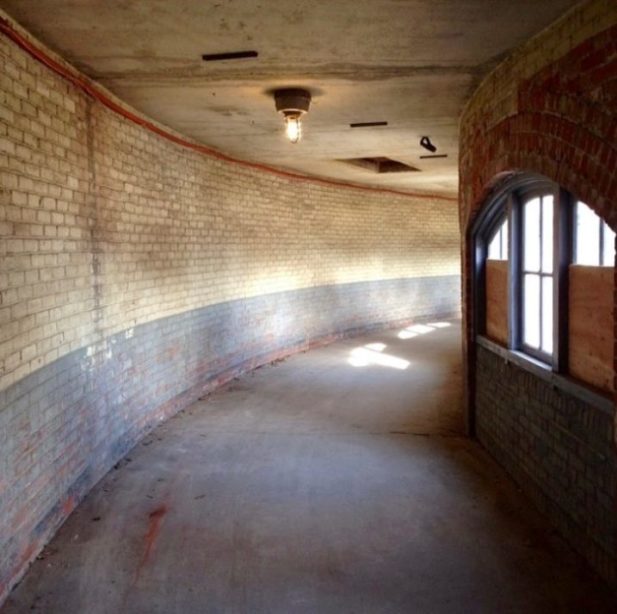I have lived near the ocean for most of my life. I love the water, especially the Gulf of Mexico. With the waves lapping the surface over and over and a horizon that stretches on and on; here I am reminded of eternity, of hope. Here I find God.
Living near a body of water is a gift. But there are dangerous realities that come with it. Where I live, children learn to swim as early as possible. Pool fences, life jackets, door alarms, are all just the tip of the iceberg when it comes to the safety lingo we live with.
One of the most important things I have done my best to ingrain in to my children’s brains is a swimming method often known as the “survival crawl*.” It is essential to learn this because whether child or adult, at some point you will most likely be placed in a situation where you are too tired to swim anymore, and you must go into survival mode to stay alive. This is done by consuming the least amount of energy and allowing yourself to rest. Every year without fail we sadly receive news of an adult who found themselves too far out, caught in a riptide, or some other situation where a person who knows how to swim ends up drowning because they are too tired to keep going. Not knowing what to do in these situations is deadly.
The realization came to me not long ago that there is a powerful analogy here to life as we move through betrayal trauma, as well as life in general. There are times when we are not thriving, when pain is acute and we must go into a healthy survival mode or risk drowning. If you don’t know how to do this, there is a good chance you will suffer more than is necessary. You also may not know how to healthily go through your emotions and begin to climb out of it.
And so sometimes in life we are just doing the survival crawl.
These past few months I have been doing the survival crawl.
My husband filed for divorce at the beginning of this month. He has moved out of our bedroom and upstairs. Just for a bit of perspective, our 25th anniversary is in May.
Well. Not where I ever imagined I would be.
But oh, isn’t that life? Due to our choices or someone else’s, or just tragedy in general, we do not end up where we planned to be. Where we were sure we would be.
I will tell you one advantage of dealing with my husband’s long term affair four years ago: I’ve done this before. I know trauma. I know heartache and heartbreak. I’ve known despair and hopelessness and disappointment and deep deep sadness. When it first smashed into my life those years ago, I did not know how to survive. I did not know how to make my own happiness or healthily go through the stages of grief. I kept turning to him to make me feel better and whole. Kept trying to persuade him that he would be happy with me. I compared myself to her. I tried to figure out what more/else I could do so he would be happy with me and it would be worth it for him. I pretzeled myself to make him more comfortable.
This time is different.
This time I am deeply sad and yes, angry often. My feelings and my grief are not linear. They come in waves. I refuse to curl up in a ball, and I know it would be so so easy. But because of how he hurt me before, I know how to survive. Because I didn’t know how to do it the first time, I make myself wash my face and use my favorite skincare. I watch shows I love, I learned how to make bread and there is something in the kneading that is meditative for me. I clean to keep busy and stop when I need to. I cry when I need to, but I stop and move on when complete. Unlike before, I don’t judge myself for how I work through it; there’s no shame or judgement of how I *should* be doing this. I pray all day long in my heart. I wash my face and eat to show my brain that I am worth taking care of. That I am a priority no matter what. I call a friend when I need it. I have a small group who check in on me, and when I need help I admit it (this is a big deal for me!) and we go sit on the beach or go out to eat. And we laugh. A lot. Laugher is so so so good and needed. I even follow the funniest accounts on instagram so that I can laugh. Do not go a day without laughter. It is medicine. I read my scriptures as much as I can. Sometimes my brain can only compute a few verses, but God knows my heart and that is enough.
I (maybe…hopefully) have been through the initial shock and emotions of it. I am finding ways to connect with myself, and there is true joy in that. I will write about that soon, as it deserves a whole post to itself. But suffice it to say, this time I matter. This time I am enough. There is nothing wrong with me.
Oh my friends, the biggest thing I can tell you is that you. will. be. okay. I know that I will be okay. I remind myself that each day. I will have joy in my life. I will have adventure and life will be good. It is my life. And yours is yours. Don’t forget that. Empower yourself to know that no matter how very hard it is right now (and I know it is terribly hard), you will be happy again and you will be okay. Remember, your brain believes what you tell it. Science has proven this. So remind yourself this truth often.
It is okay when you find yourself in the survival crawl in life. It’s normal and it happens. Love yourself, and know you are doing the best you can. Make yourself a priority and decide what you want to spend your energy on. Be companions with the Lord and you will never be alone.
We will be okay.
*The Survival Crawl (also known as the Survivor’s Float)
Great to teach to children and adults, especially if you live near any body of water. It can be done a few different ways, but the way I grew up doing it was this:
When you are exhausted and can no longer swim, begin the Jellyfish Float (can also use the back float if you prefer). The Jellyfish Float is basically when your back is facing the sky and your front in the water. The body is doubled up by bending the legs, pulling the knees to the chest, and dropping the head on the chest. Arms clasp knees. In this position the body will roll forward until only the back is visible above water. This position is also used if you need to discard clothing. Keep your face under the water as you hold your breath. When you feel more energy, you move into a swimming position and use a stroke like a dog paddle or basic front stroke. When you need to conserve energy again, pull your body back into the Jellyfish Float.













No Comments